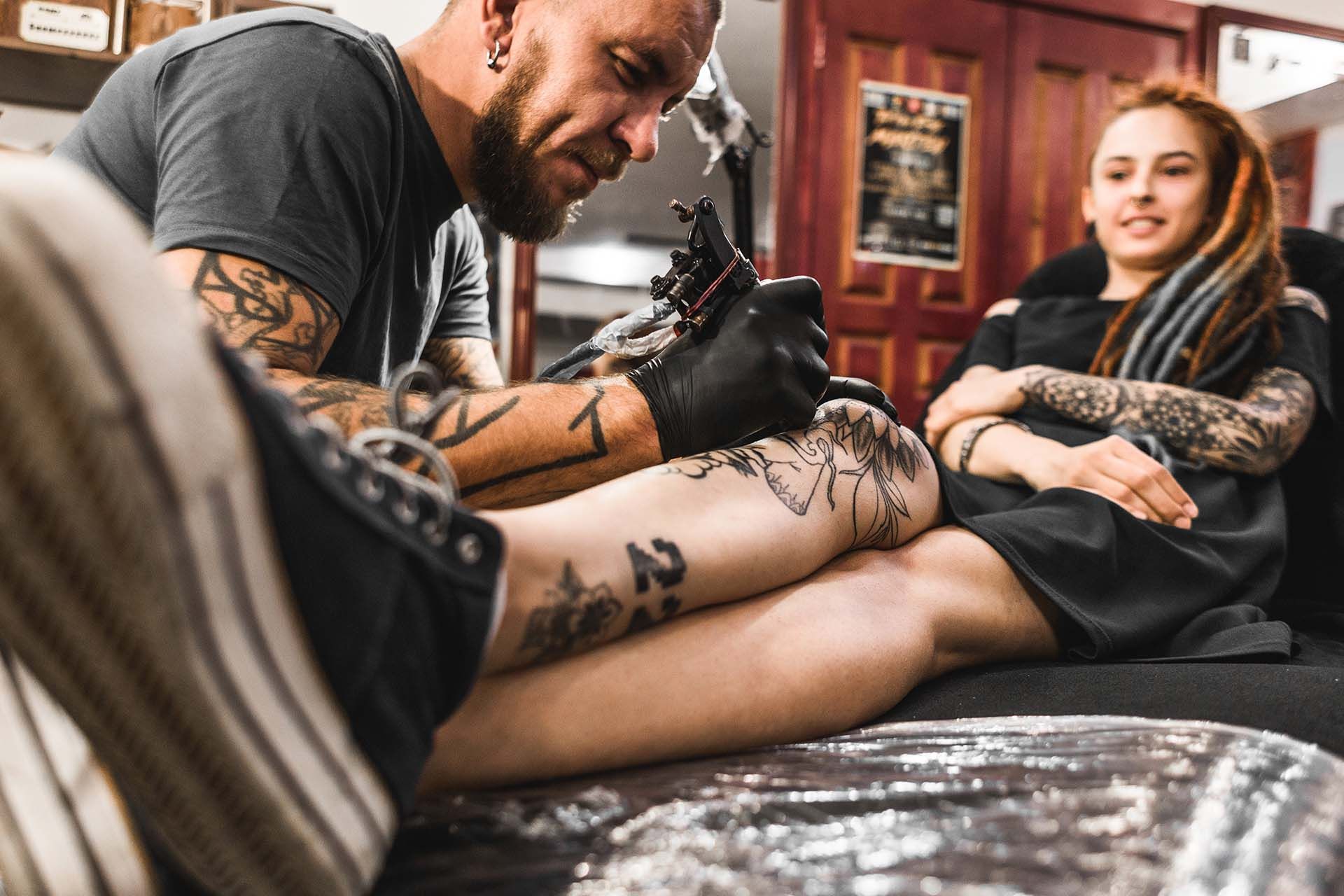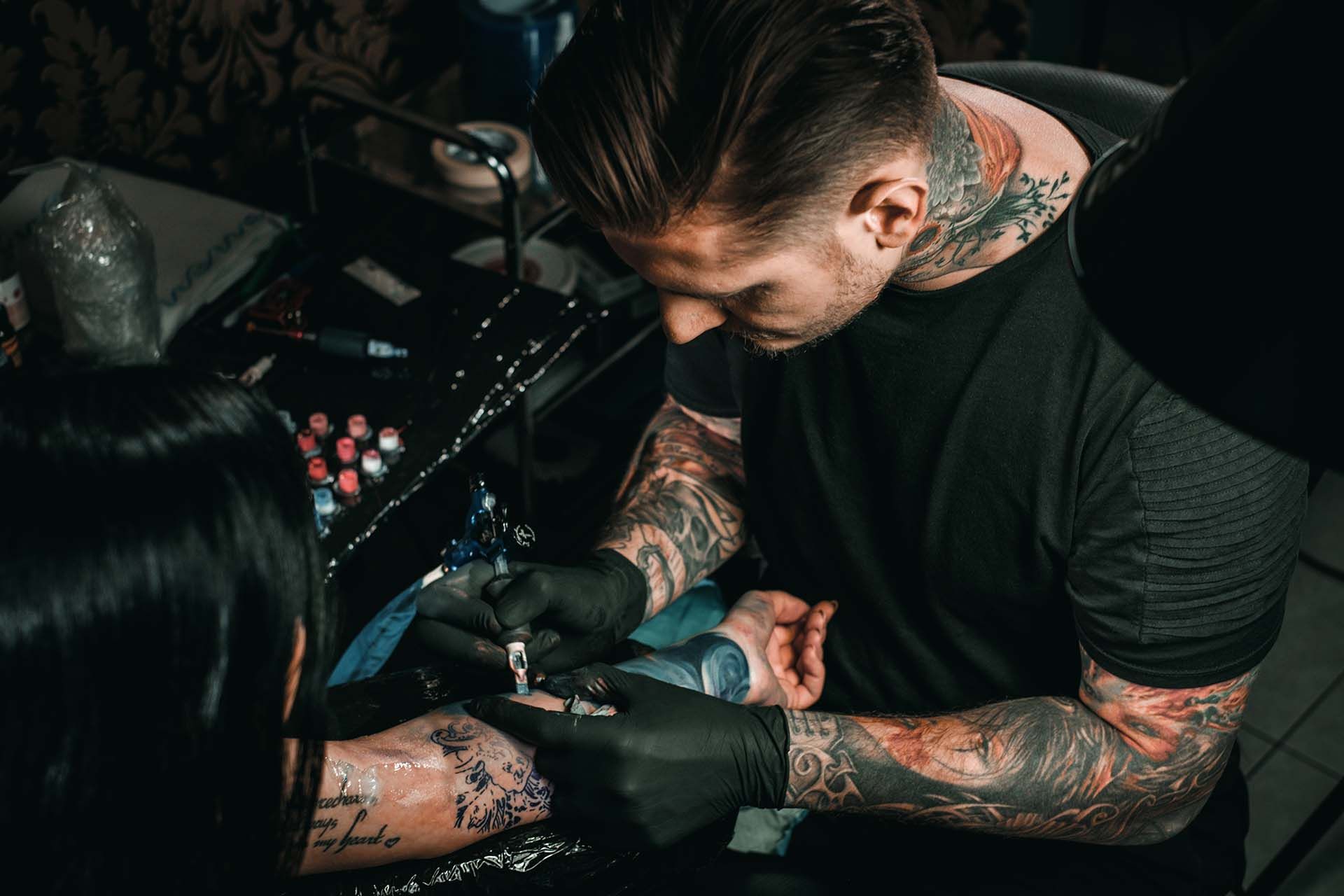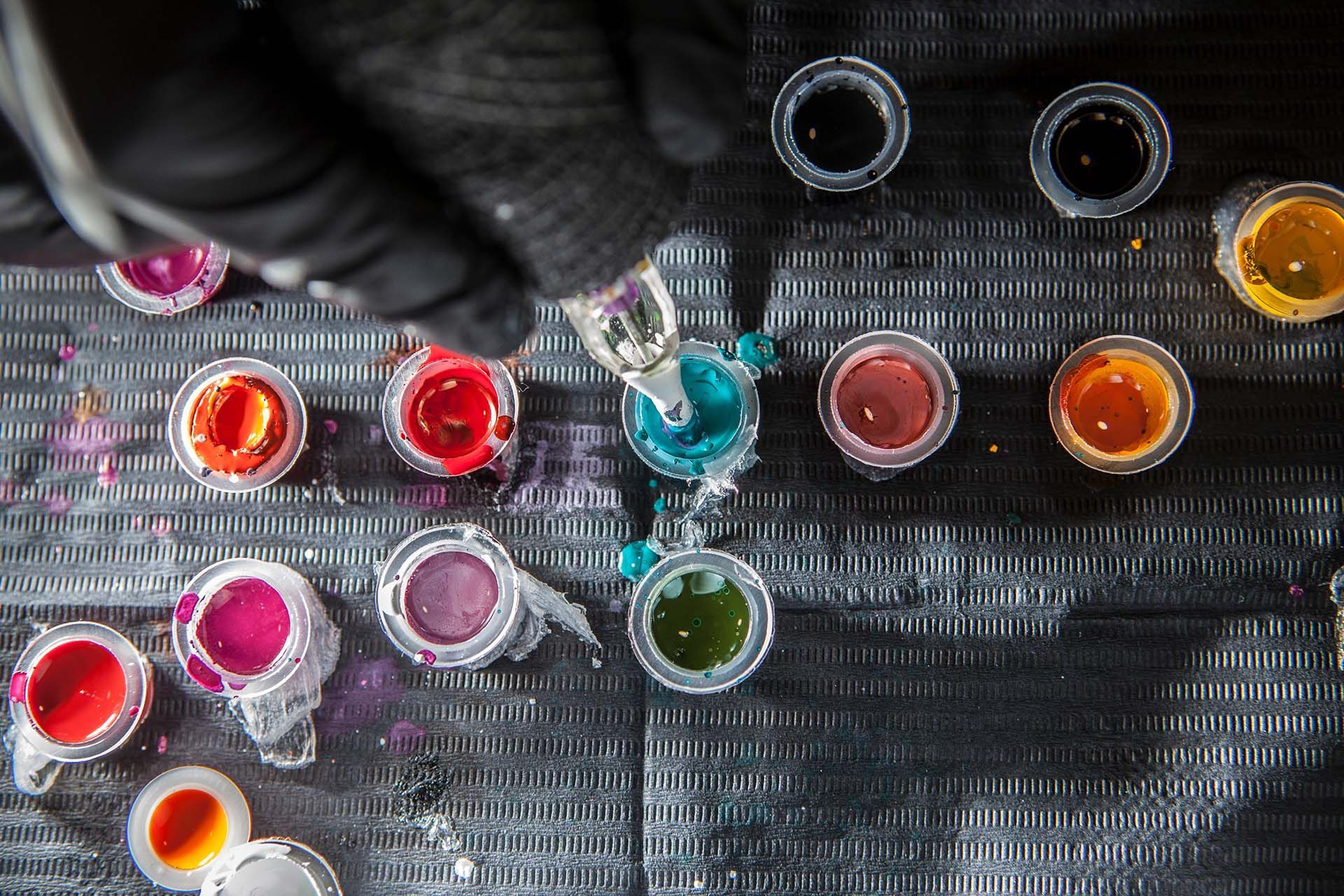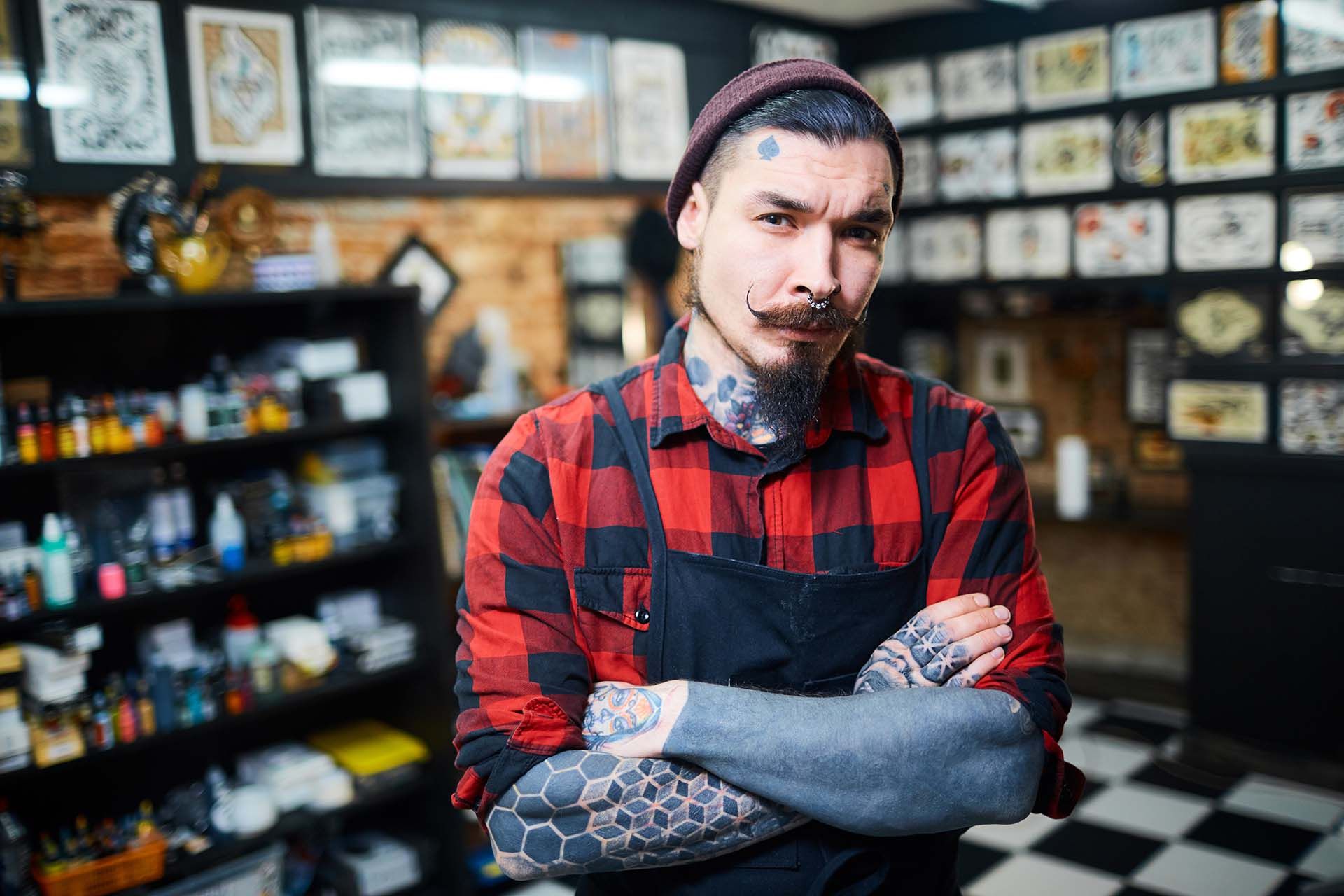SEO Tips for Tattoo Studios Images
Did you know that images make up 34% of search results on the web? And as a tattoo studio owner, you deal with one of the most visually captivating forms of art every day. So, the question is: Are you leveraging your images to their full potential to boost your online visibility?
In the world of Search Engine Optimization (SEO), your images can do more than just showcase your stunning tattoo designs. With the right strategies, they can actually help you attract more clients by climbing up the ranks in search engine results. The following guide reveals the best proven SEO tips for optimizing your tattoo studio's images. These strategies are hand-picked from the best in the industry and designed to make your digital content work harder for your business.
1. Select High-Quality Images
Firstly, quality matters. High-quality images not only captivate potential customers but also rank better in search engine results.
Tip: Invest in professional photography or learn some basic photography skills. Ensure your images are crisp, clear, and accurately represent your work. But remember, while quality is crucial, file size matters too. Oversized images can slow down your website, which can harm your SEO. Always balance quality with website performance.
2. Use Descriptive File Names
Your image's file name is a simple but often overlooked SEO opportunity. Descriptive file names help search engines understand what your image is about.
Tip:
Instead of uploading an image titled 'IMG001.jpg', rename it to something more descriptive, such as 'tribal-tattoo-by-Jane-Doe.jpg.' This simple step helps search engines index your images accurately and improve your overall SEO.
3. Include Alt Text for Every Image
Alt text, or 'alternative text,' describes an image's content. It's used by search engines to understand the image, and it's vital for accessibility.
Tip:
Always include relevant alt text for your images. Describe the image in a concise yet detailed manner, and try to include relevant keywords. For example, for an image showcasing a tribal tattoo, your alt text could be 'Tribal tattoo design by Jane Doe at XYZ Tattoo Studio.'
4. Make Use of Image Captions
While image captions aren't a direct SEO factor, they can enhance user engagement, indirectly influencing your SEO.
Tip: Incorporate image captions where appropriate. They offer a chance to engage visitors with compelling copy, provide context to your image, and sneak in relevant keywords.
5. Implement Image Sitemaps
Sitemaps help search engines find and understand your content. If your website uses JavaScript galleries or image pop-ups, some images might be hidden from search engines.
Tip:
Implement an image sitemap. This makes it easier for search engines to discover all your images, especially those that might otherwise be overlooked.
6. Leverage Social Media
Social media platforms can act as a springboard for your images, increasing visibility and directing traffic back to your website.
Tip: Share your images on platforms where your target audience hangs out—like Instagram or Pinterest—and always link back to your website. Remember, social sharing increases visibility, which can lead to higher search engine rankings.
7. Optimize Thumbnails
Thumbnails are smaller versions of your images, often used for previews on your website. While they're small, they can have a big impact on your SEO.
Tip: Ensure your thumbnails are high quality and use the same SEO practices as for your full-sized images: descriptive file names, alt text, and so forth. But be mindful of their size—they should be small enough to load quickly but not so small that they're blurry or pixelated.
8. Use Schema Markup
Schema markup is like a translator for search engines, decoding your content into a language they understand clearly. This form of microdata offers extra insights into your content, making it particularly beneficial for enhancing the search engine visibility of your images.
Tip:
Consider implementing image schema markup on your website. This can provide search engines with additional information about your images, improving the likelihood of your images showing up in relevant search results.
9. Utilize CDN for Image Hosting
A Content Delivery Network (CDN) can host your images, which can improve your site's loading speed, a crucial factor in SEO.
Tip:
Consider using a CDN for image hosting. Faster loading times can decrease your site's bounce rate, keeping visitors engaged for longer, and potentially improving your search engine rankings.
10. Compress Images for Web
Uncompressed images can drastically slow down your website, negatively impacting the user experience and SEO.
Tip: Use image compression tools to reduce the file size of your images without compromising quality. Compressed images load faster, leading to a more seamless user experience and better SEO performance.
11. Keep Mobile Optimization in Mind
A good portion of internet users browse on mobile devices. Therefore, your images should be optimized for mobile to ensure a good user experience.
Tip:
Use responsive design techniques to ensure your images look good on all devices. This will enhance user experience, reduce bounce rate, and contribute positively to your SEO efforts.
12. Align Images with Content
Search engines not only look at the images but also the context in which they are used.
Tip:
Make sure your images align with the content on the page. This consistency helps search engines understand the relevance of your images, boosting your overall SEO.
Getting Started
Embracing the power of image SEO is just like sketching the first lines of a new tattoo design. It might seem overwhelming at first, but each stroke adds to the depth of the final piece. And with our guide, you have the tools you need to start painting your online success story.
Begin with assessing your current digital content. Are your images high quality? Are they effectively described and captioned? Are they optimized for fast loading and mobile viewing? Use the tips in this guide to create a checklist and start implementing changes, one step at a time.
Like any skill, mastering SEO isn't instantaneous. It's a journey. So, don't worry about getting everything perfect straight away. Practice, learn, and iterate – much like perfecting your art.
And remember, if you ever find yourself in a bind, need some expert advice, or are just unsure where to start, Tatsites is here for you. We're trusted experts in the field, committed to helping you optimize your online presence and make a lasting digital impression. Now, let's get started on your SEO masterpiece.
Mini FAQ Section:
Disclaimer: This publication and the information included in it are not intended to serve as a substitute for consultation with business consultants and professionals. Specific business, financial, legal issues, concerns and conditions always require the advice of appropriate professionals. Any opinions expressed are solely those of the participant and do not represent the views or opinions of this company.










